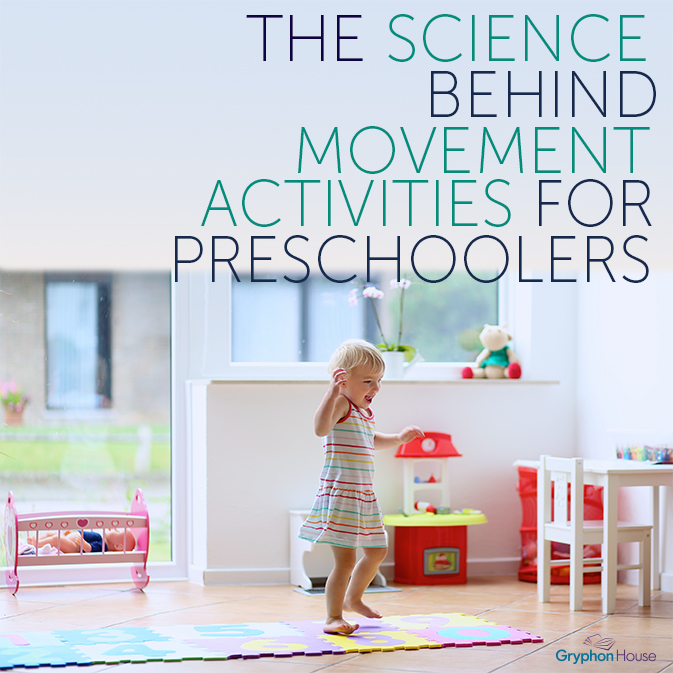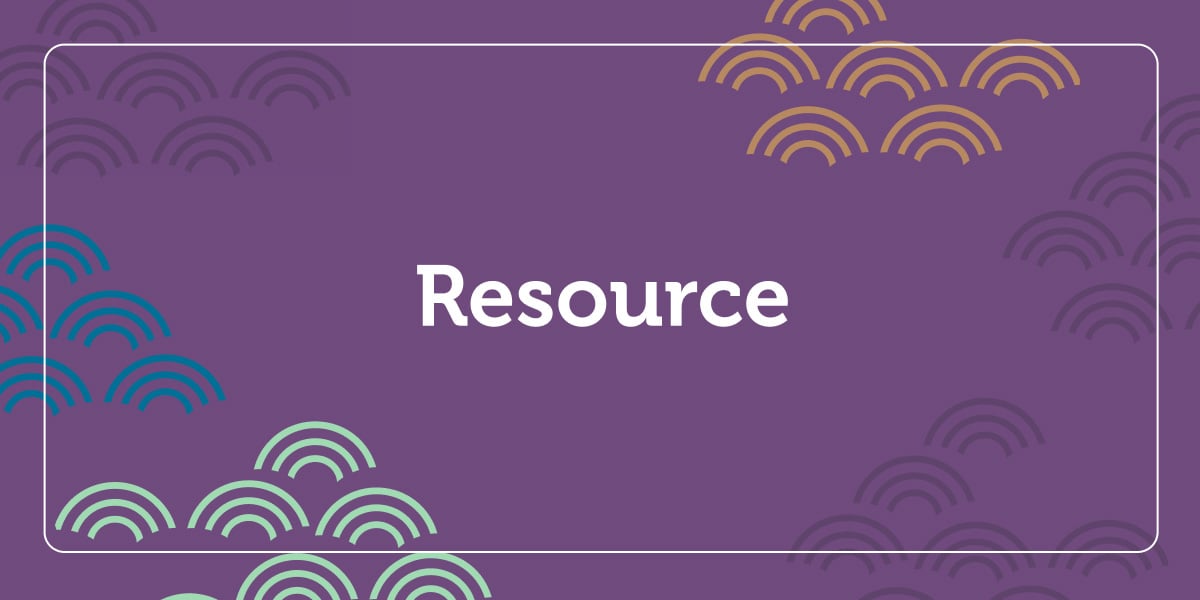
As one of many valuable early education resources available to educators, Move to Learn by Joye Newman and Miriam Feinberg, PhD, shows just how important music and movement activities for preschoolers are. Movement activities for preschool aged children help to nurture children’s natural desire to move and play, all while learning in the process!
A recent study from the United Kingdom found that movement activities and periods of unstructured play helped develop children’s spatial awareness, motor skills, catered to their natural curiosity, and improved their overall cognitive abilities. While some teachers interviewed in the study felt they needed more training on how to include movement activities in their classrooms, many agreed that movement is a crucial part of developing young minds.
Move to Learn promotes this idea: “human beings are born to move” and movement has a profound impact on the development of children, as it is “an essential part of living and growing.” The authors conclude that teachers who provide engaging experiences can expect a deeper level of learning in their students.
Below is a fun movement activity that will have your preschoolers learning in no time!
Walk that Letter
This is a wonderful way to introduce letter recognition.
Preparation: Use masking tape to create a huge uppercase letter on the floor. Create a letter that is made by using continuous movement: B, C, D, L, M, N, O, R, S, U, V, W, and Z.
What to Do:
- Tell the children that you will all try to walk the shape of a letter. Ask, “Who can walk the letter C without stepping onto the carpet?”
- Let the children take turns trying to walk the shape of a C without stepping off. Note: If you are concerned that they will not wait patiently, consider creating more than one example of the letter.
- Challenge them to move in other ways on and around the letter. Ask, “Who can move around the letter C without putting your feet on it?” “Who can jump on the shape of the C?” “Who can march on the shape of the C?” “Who can tiptoe on the shape of the C?”
- Play the game again another day using a different letter.
For more great activities that incorporate the power of movement, check out Move to Learn.
Author(s)Miriam P. Feinberg, PhD, Joye Newman
Anna Wilmoth
Marketer. Publisher. Reporter. Educator. Mother. Runner. Explorer. Anna served as director of marketing for Gryphon House from Oct 2014 - May 2017.

